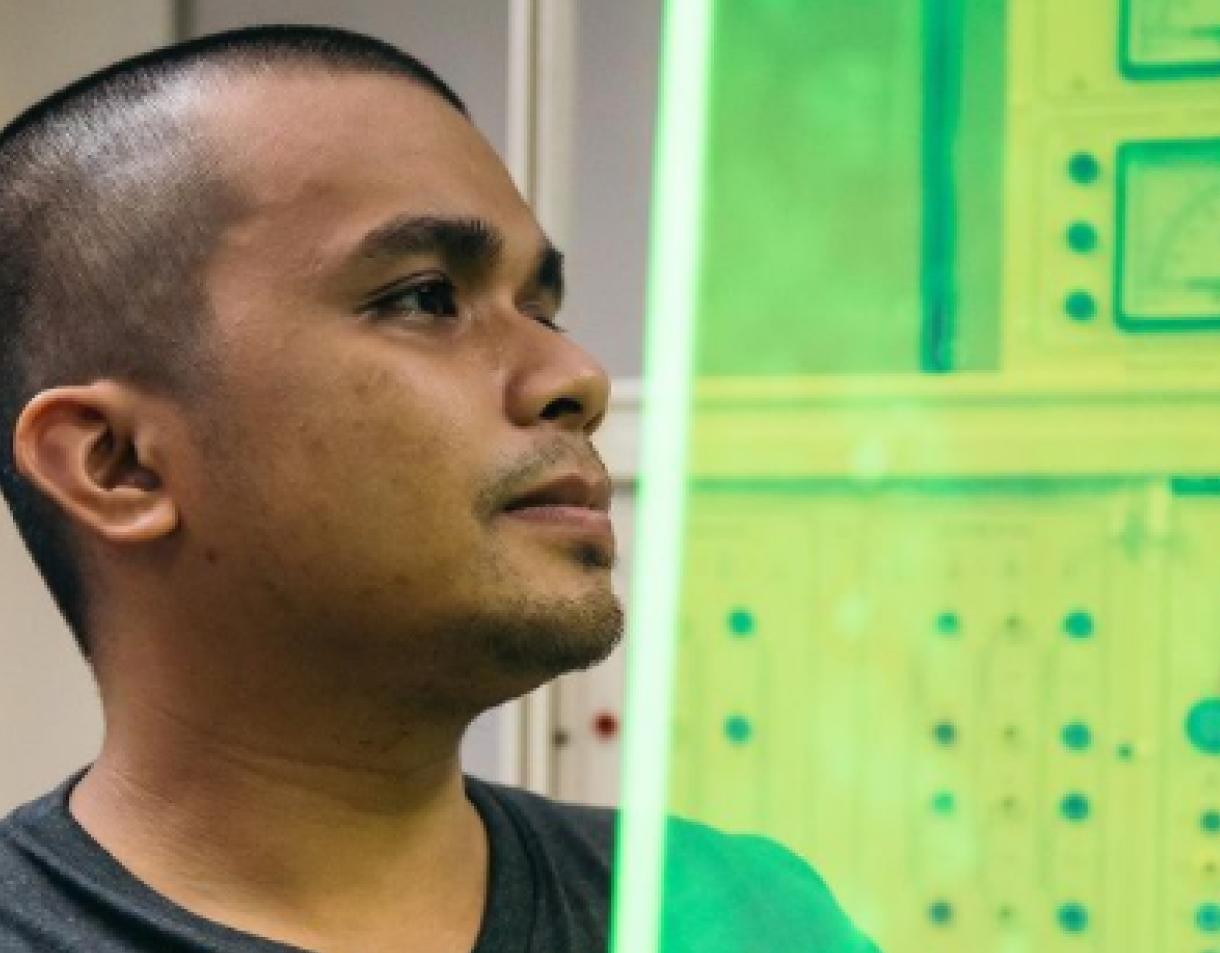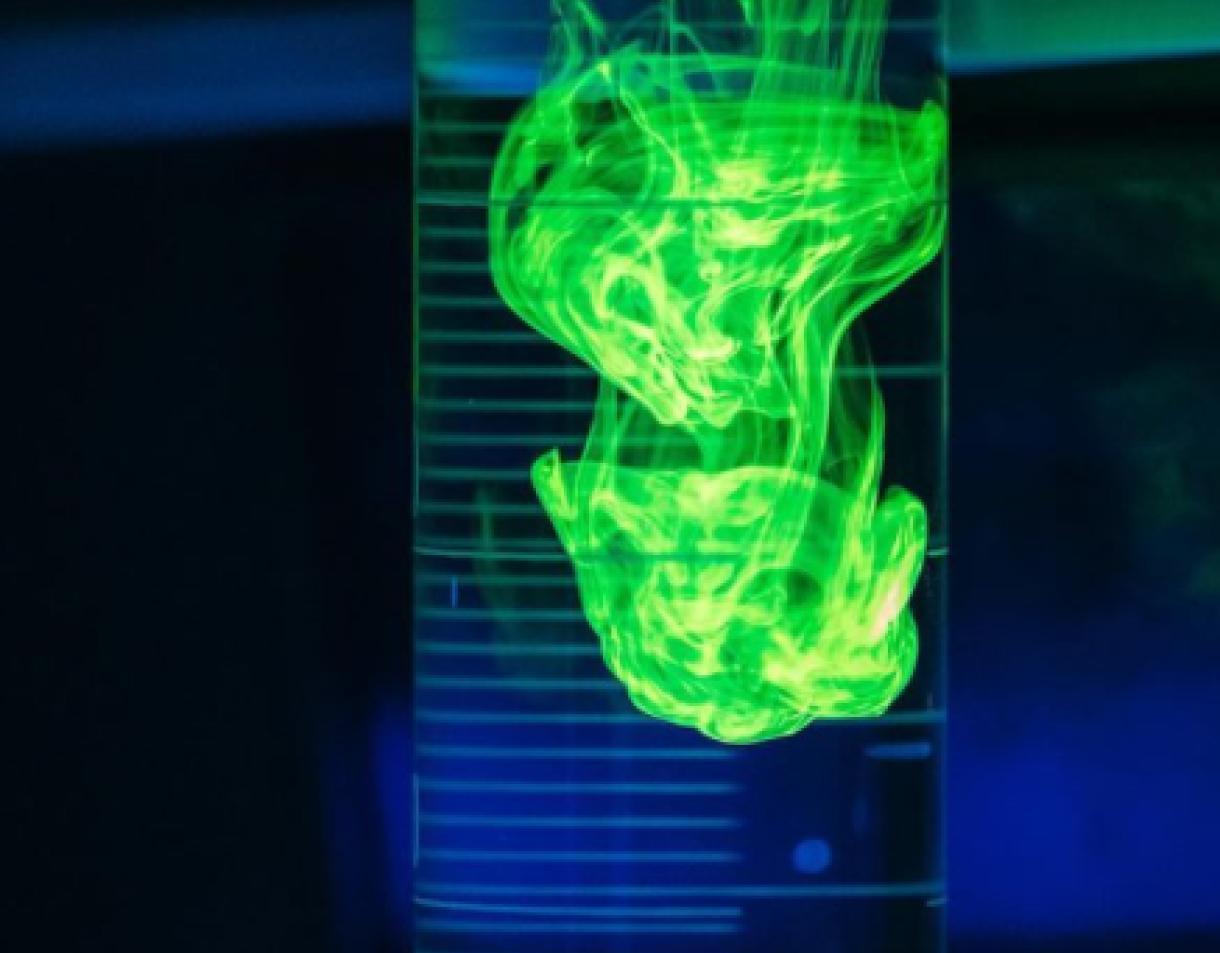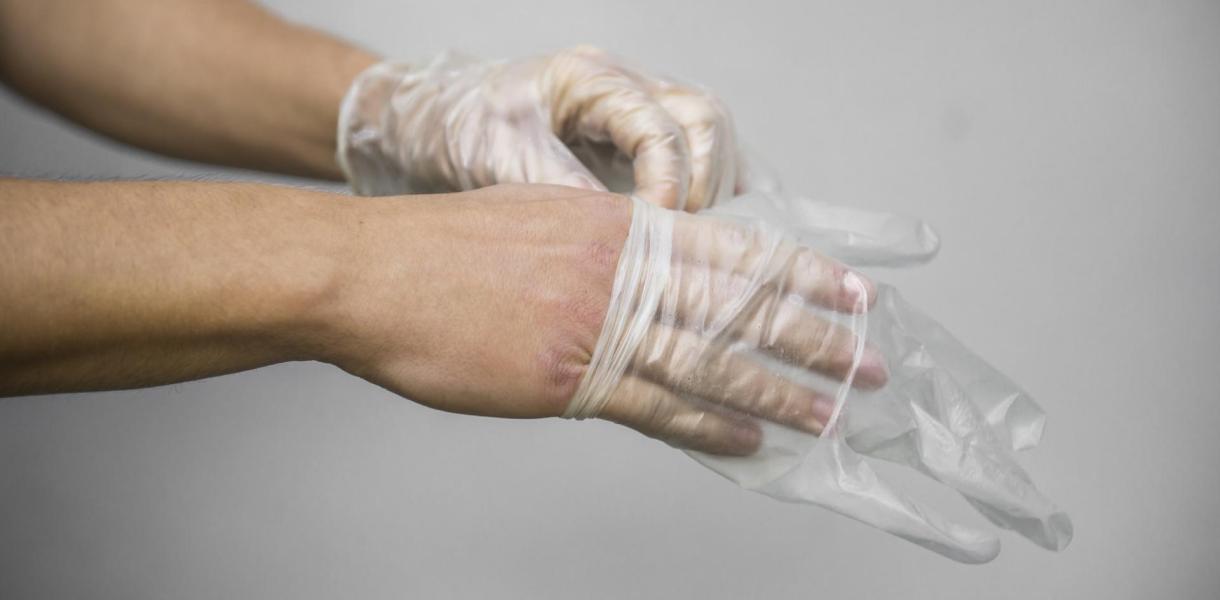What’s the design in a nutshell?
AuREUS is an innovative material made from plants, fruit and crop waste that converts UV light into energy.
Why is it needed?
Clean and renewable energy is still one of our most forceful tools for combatting and slowing climate change – and the world is asking for more. In 2020, the demand for renewable energy increased by 3% globally, while demand for all other energy sources declined. Solar and wind power are expected to contribute to two-thirds of renewables growth, and in 2021 renewable energy is expected to reach an all-time high share of the energy market with 30%.
In the midst of the highest demand for renewable energy sources ever, there’s an opportunity to supply with even more ingenious and sustainable solutions. With the flexibility of the AuREUS materials, we could see everyday applications and surrounding architecture being elevated to energy sources. In low-income and rural communities, the material could empower off-the-grid energy sourcing, build more efficient solar fields and make way for self-sufficient energy sourcing.
How does it work?
The AuREUS material can be transformed into surfaces that can convert UV light into clean energy through a two-stage process: The UV is converted, through the crop waste’s organic particles, to visible light when it hits the surface. Then the visible light is converted to electricity.
For Filipino designer and inventor Carvey Ehren Maigue, the initial idea was to make a window, but the AuREUS material appears in many shapes and sizes: Tiles, cladding, walls and even architectural pieces are within reach – in the future it might be used for e-vehicles and clothing.
"AuREUS hopes to power a future generation with clean energy and a more waste-free world."
How does it improve life?
AuREUS has the ability to improve lives with both its product and through its supply chain. For people living in temperate and mountainous areas, the AuREUS material will provide a more adaptable energy source. As it continues to produce energy when not even facing the sun, an AuREUS solar farm is feasible without the need for vast lands. In cities with high UV exposure levels, the AuREUS helps absorb and sequester the light.
But the energy outcome is not the only good thing – it tackles a waste problem as well. AuREUS derives its materials from crop waste, thus creating value for farmers who might have crops devastated by typhoons, weeds etc. Overall, AuREUS hopes to power a future generation with clean energy and a more waste-free world.
What’s the impact to date or projected impact?
Even though it’s still a beta product, lab testing is underlining the enormous potential of AuREUS. The material can lessen reflected UV levels by 44% and even up to 98% when UV films are incorporated into the design. Using a typical 42 story building, AuREUS can capture solar energy using only less than 5% of the area that it would take using traditional solar farms. Manufacturing tests showed they can convert 1kg of waste crop into 108-watt peak of solar energy capture potential, and lastly, the AuREUS stands at +80% upcycling potential in terms of material mass.
Images: James Dyson Foundation








